16 Jan


0 Comment(s)
77 View(s)
When making soap, the oils you choose play a significant role in determining the final product’s texture, lather, and moisturising properties. There are many different oils, each with its own unique properties. Here’s a breakdown of some common types of oils used in soap making and their benefits:
1. Olive Oil
- Properties: Olive oil is one of the most popular oils in soap making, especially in traditional Mediterranean recipes. It’s rich in antioxidants and fatty acids.
- Benefits: Produces a mild, moisturising soap that’s gentle on the skin. It creates a soft, creamy lather and has anti-inflammatory and antioxidant properties.
- Common Use: Often used in a castile soap (100% olive oil soap).
2. Coconut Oil
- Properties: Coconut oil is known for its high lathering capabilities. It’s rich in medium-chain fatty acids, which are great for cleansing.
- Benefits: Produces a hard, bubbly soap with a cleansing effect. It’s fantastic for making soap that lathers well, but it can be drying if used in excess.
- Common Use: Often combined with other oils to balance its drying properties.
3. Palm Oil
- Properties: Palm oil is a commonly used oil that helps produce a firm, long-lasting bar of soap.
- Benefits: It creates a stable lather, helps to harden the soap, and gives it a smooth texture. However, there are environmental concerns about palm oil production.
- Common Use: Often used in combination with other oils to create a well-rounded soap.
4. Shea Butter
- Properties: Shea butter is a rich, emollient butter that’s derived from the nuts of the African shea tree.
- Benefits: Moisturising, nourishing, and great for dry or sensitive skin. It helps make soap creamy and luxurious.
- Common Use: Added in small quantities for its moisturising benefits.
5. Castor Oil
- Properties: Castor oil is a thick, viscous oil known for its ability to produce large, fluffy bubbles in soap.
- Benefits: Creates a rich, stable lather. It also has humectant properties, meaning it draws moisture to the skin.
- Common Use: Typically used in small amounts (5-10%) in soap recipes to enhance lather.
6. Sweet Almond Oil
- Properties: Sweet almond oil is light and easily absorbed by the skin, and it’s known for its nourishing qualities.
- Benefits: Softens and moisturises the skin while adding a silky feel to the soap. It’s gentle and perfect for dry or sensitive skin.
- Common Use: Typically used in smaller amounts in soap recipes.
7. Avocado Oil
- Properties: Avocado oil is packed with vitamins A, D, and E, and it’s deeply moisturising.
- Benefits: Adds a rich, luxurious feel to soap. It’s excellent for dry or mature skin, providing nourishment and helping to improve skin elasticity.
- Common Use: Often used as a percentage of the total oils in the recipe for its moisturising benefits.
8. Jojoba Oil
- Properties: Technically a wax ester, jojoba oil closely resembles the skin’s natural oils.
- Benefits: It’s excellent for balancing oil production on the skin. It provides a luxurious, silky feel without being too greasy.
- Common Use: Typically used in smaller quantities due to its high cost.
9. Cocoa Butter
- Properties: Cocoa butter is a solid fat that’s derived from cocoa beans.
- Benefits: It’s rich, moisturising, and helps improve skin elasticity. It also gives soap a smooth, creamy texture and a slight chocolate scent.
- Common Use: Often used in combination with other oils to make soap more moisturising and firm.
10. Rice Bran Oil
- Properties: A light, mild oil that’s rich in antioxidants and vitamins.
- Benefits: Adds a mild, moisturising quality to soap and helps produce a silky, stable lather.
- Common Use: Often used in combination with other oils for added nourishment.
11. Sunflower Oil
- Properties: Sunflower oil is a light, non-greasy oil that is rich in vitamin E.
- Benefits: It has moisturising, soothing properties and helps to produce a mild, conditioning soap with a gentle lather.
- Common Use: Often used as a base oil in soap making for a gentle, soft soap.
12. Hemp Seed Oil
- Properties: Hemp seed oil is rich in essential fatty acids and antioxidants.
- Benefits: It’s great for sensitive skin and has moisturising, anti-inflammatory properties. It helps create a nourishing, creamy soap.
- Common Use: Added to soap for its beneficial effects on skin health.
13. Grapeseed Oil
- Properties: A light, non-comedogenic oil with a high content of linoleic acid.
- Benefits: It’s moisturising without clogging pores, making it suitable for all skin types, especially oily or acne-prone skin.
- Common Use: Often used in small amounts for its light feel and nourishing qualities.
14. Mango Butter
- Properties: Mango butter is a soft, creamy butter extracted from mango seeds.
- Benefits: It’s rich in vitamins and fatty acids, great for moisturising and softening the skin.
- Common Use: Often combined with other oils to improve the moisturising properties of the soap.
Common Oil Blends
- For Hardness: Palm oil, coconut oil, or cocoa butter.
- For Lather: Coconut oil, castor oil, or palm kernel oil.
- For Moisture: Olive oil, shea butter, avocado oil, or sweet almond oil.
General Tips:
- Balance is Key: A good soap recipe often includes a combination of hard oils (like coconut oil and palm oil) and soft oils (like olive oil and avocado oil). This balance ensures a soap that’s both hard and moisturising.
- Superfatting: Some soap makers add extra oil to the recipe (called “superfatting”) to ensure the soap is more moisturising. This extra oil doesn’t get saponified (turned into soap) and remains in the final product.
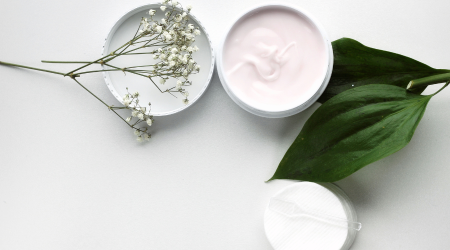





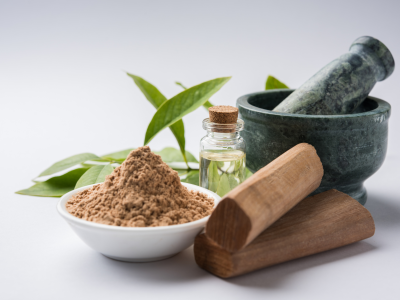
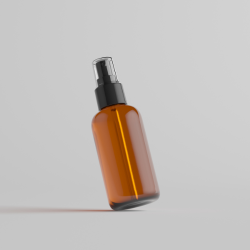

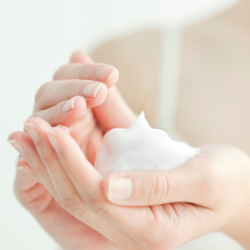

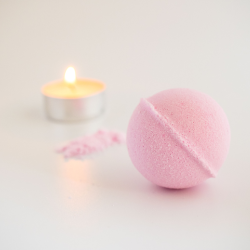





Leave a comment